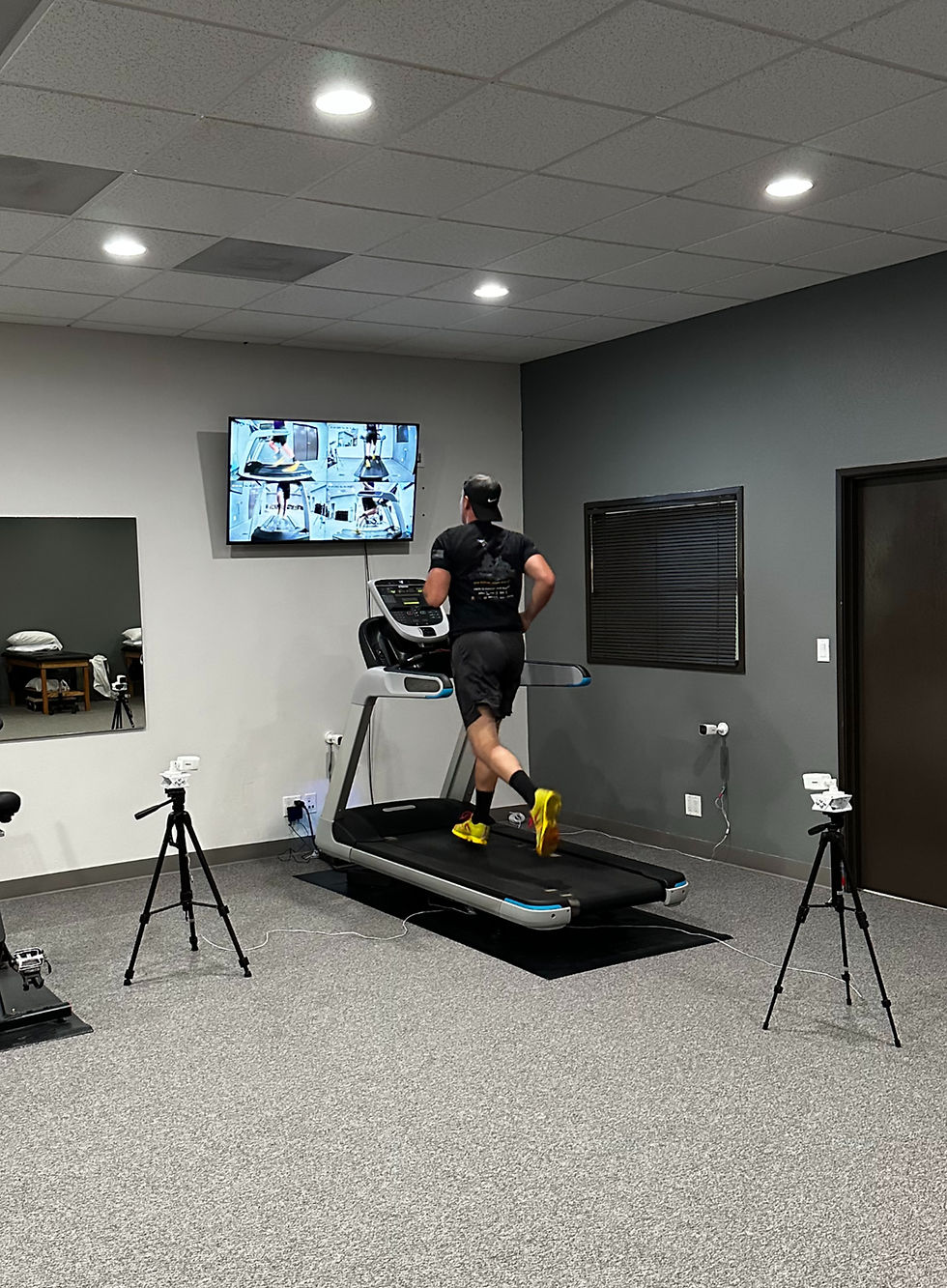The Top 5 Common Sports Injuries and How Physical Therapy Can Help
- AJ Kirkpatrick, PT, DPT

- Aug 15, 2024
- 3 min read
Today, we’re diving into a topic that’s crucial for athletes of all levels: common sports injuries and how physical therapy (PT) can play a pivotal role in recovery and prevention. Whether you're a weekend warrior or a professional athlete, understanding these injuries and, the benefits of PT, can help you get back in the game stronger and faster.
1. ACL Tears
What It Is: The anterior cruciate ligament (ACL) is a critical ligament in the knee that helps stabilize the joint. ACL tears often occur during activities that involve sudden stops, jumps, or changes in direction.
How PT Helps: Physical therapy for an ACL tear typically involves a combination of strengthening exercises, flexibility training, and functional drills. PT aims to improve the strength of the muscles around the knee, enhance joint stability, and prepare the athlete for a safe return to sport. Pre-surgery PT (prehabilitation) can also help reduce recovery time post-surgery.
2. Sprains and Strains
What It Is: Sprains involve stretching or tearing of ligaments, while strains affect muscles or tendons. Both are common in sports due to overstretching, overuse, or sudden movements. Ankle sprains and hamstring strains are particularly frequent.
How PT Helps: PT for sprains and strains focuses on reducing pain and swelling, restoring range of motion, and strengthening the affected area. Techniques include manual therapy, stretching exercises, and strengthening routines. Balance and proprioception exercises are also crucial for preventing future injuries.
3. Rotator Cuff Injuries
What It Is: The rotator cuff is a group of four muscles and their tendons that stabilize the shoulder joint. Rotator cuff injuries often result from repetitive overhead movements or acute trauma.
How PT Helps: For rotator cuff injuries, physical therapy emphasizes restoring shoulder strength, improving flexibility, and increasing range of motion. PT may involve strengthening exercises, stretching, and techniques like ultrasound or electrical stimulation to reduce pain and promote healing.
4. Runner’s Knee (Patellofemoral Pain Syndrome)
What It Is: Runner’s knee is characterized by pain around the kneecap, often exacerbated by activities like running, squatting, or climbing stairs. It results from overuse, misalignment, or muscle imbalances.
How PT Helps: Physical therapy for runner’s knee focuses on correcting muscle imbalances, improving knee alignment, and strengthening the quadriceps and hip muscles. PT may include exercises to enhance knee stability, stretching routines, and education on proper running mechanics.
5. Shin Splints
What It Is: Shin splints involve pain along the shinbone (tibia) and are common in runners and athletes who engage in high-impact activities. They result from overuse, improper footwear, or running on hard surfaces.
How PT Helps: Treatment for shin splints includes addressing contributing factors like muscle imbalances and poor biomechanics. PT may involve stretching and strengthening exercises for the lower legs, recommendations for proper footwear, and strategies to gradually increase activity levels.
The Importance of Early Intervention
One of the key benefits of physical therapy is early intervention. Addressing injuries promptly can prevent them from becoming chronic issues and significantly speed up recovery. A physical therapist can assess the specific nature of your injury and develop a tailored rehabilitation plan that meets your needs and goals.
Tips for Working with Your Physical Therapist
- Be Honest About Your Symptoms: Clearly communicate your pain levels, limitations, and progress.
- Follow Your Exercise Plan: Adherence to the prescribed exercises and routines is crucial for recovery.
- Ask Questions: Don’t hesitate to ask your physical therapist about the purpose of each exercise or technique.
- Stay Consistent: Regular attendance and practice are key to a successful rehabilitation process.
Incorporating physical therapy into your injury management and recovery plan can make a significant difference in how quickly you return to your favorite sports and activities. Remember, the goal of PT is not only to heal but to strengthen and prevent future injuries, ensuring you stay at the top of your game.
Stay active, stay healthy, and let physical therapy support you in achieving your athletic goals!
If you're near the Mission Viejo area and think you, or someone you know, might benefit from physical therapy, or to get any questions answered, please don’t hesitate to reach out for a free consultation!




Comments